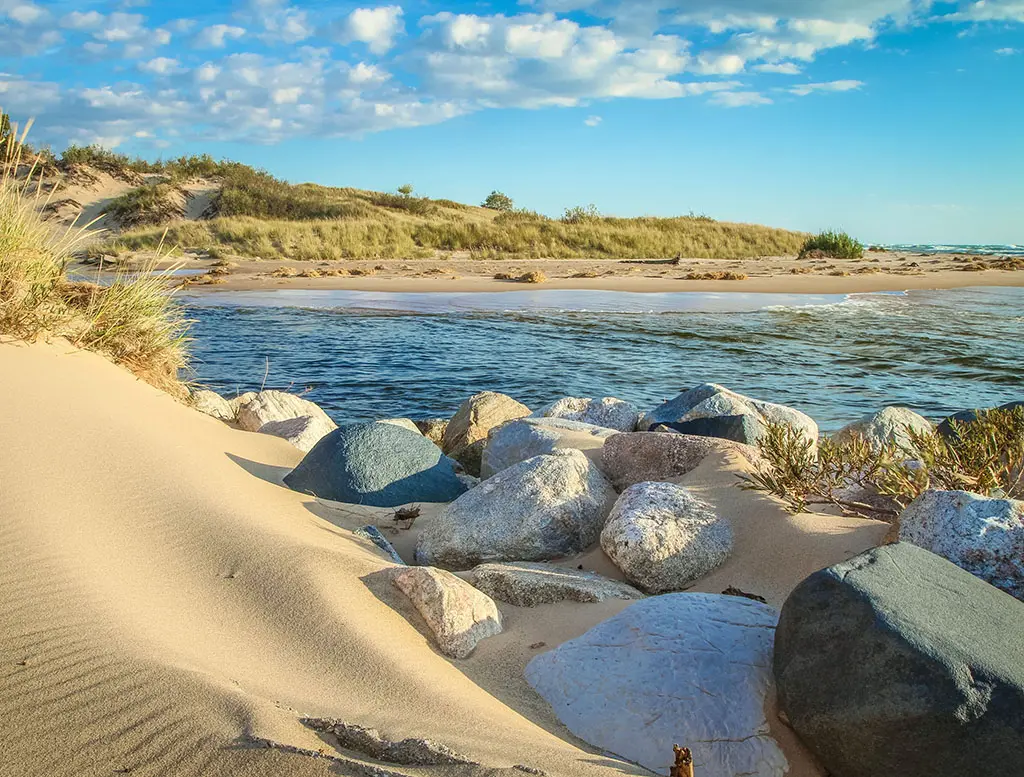Enhancing Coastal Resilience in the Great Lakes Region

Project Scope
-
Research & Analyses
-
Land Use Planning
-
Water Quality
-
Ecosystem Health
-
Carbon Sequestration
TNC’s priorities for 2030 include reducing and storing greenhouse gas emissions, increasing the resilience of people and habitats to cope with climate-related emergencies, conserving oceans, freshwater, and lands, and supporting capacity building for local stewards whose well-being and livelihoods depend on the environment. In alignment with these priorities, CIS provided advisory and research services to TNC for a coastal conservation project.
This project addressed the increasing impact of coastal environmental changes in the Great Lakes region driven by climate change. With rising temperatures, increased precipitation, and more extreme weather events, coastal hazards such as variable water levels, high-energy waves, and shoreline erosion have intensified. This project focused on building resilience for coastal communities and ecosystems through a combination of hard infrastructure solutions and nature-based solutions (NBS).





